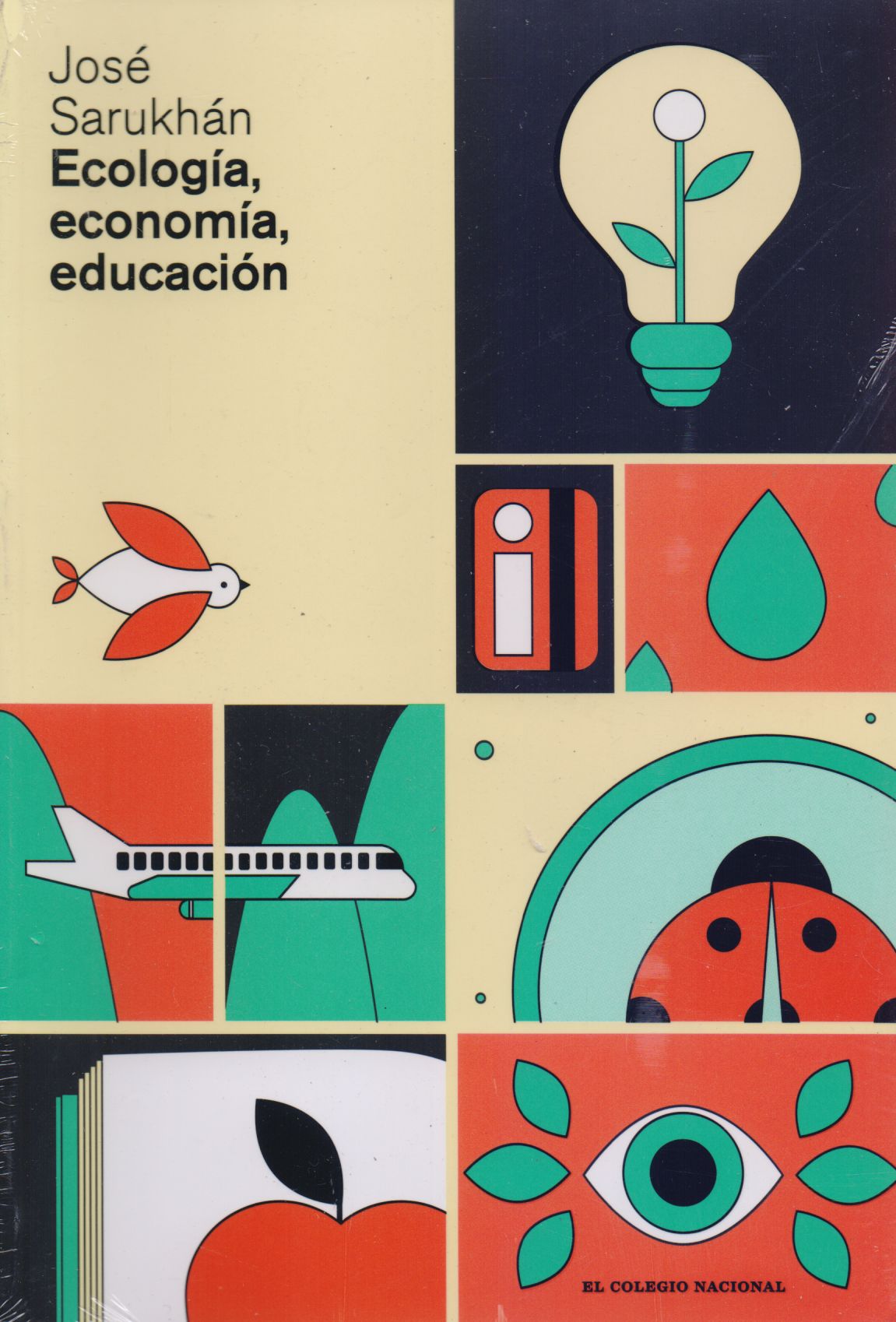Libros relacionados
 |
Environmental Life Cycle Assessment Of Goods And Services: An Input-Output Appro Hendrickson, Chris / Lave, Lester / Mattthews, Scott Rff Press Resources For The Future |
 |
Ecological Statistics: Contemporary Theory And Application Fox, Gordon / Negrete-Yankelevich, Simoneta / Sosa, Vinicio Oxford University Press |
 |
Remote Sensing And Gis For Ecologists: Using Open Source Software Wegmann, Martin / Leutner, Benjamin / Dech, Stefan Pelagic Publishing |
 |
Global Change In Multispecies Systems: Part II Woodward, Guy / Jacob, Ute / O'gorman, Eoin Academic Press |
 |
Principles Of Terrestrial Ecosystem Ecology Chapin, Stuart III / Matson, Pamela / Vitousek, Peter Springer Publishing Company |
 |
Freshwater Ecology: Concepts & Environmental Applications Of Limnology Dodds, Walter / Whiles, Matt Academic Press |
 |
Ecosystem Services: From Biodiversity To Society (Part 2) Woodward, Guy / Bohan, David Academic Press |


|
Título: Historical Ecology Handbook, The. A Restorationist's Guide To Reference Ecosyste | |
| Autor: Dave Egan, Evelyn Howell | Precio: $784.00 | |
| Editorial: Island Press | Año: 2005 | |
| Tema: Ecologia, Ecosistema, Manuales | Edición: 1ª | |
| Sinopsis | ISBN: 9781597260336 | |
| Series Editor: Society for Ecological Restoration International
The Historical Ecology Handbook makes essential connections between past and future ecosystems, bringing together leading experts to offer a much-needed introduction to the field of historical ecology and its practical application by on-the-ground restorationists. Chapters present individual techniques focusing on both culturally derived evidence and biological records, with each chapter offering essential background, tools, and resources needed for using the technique in a restoration effort. The book ends with four in-depth case studies that demonstrate how various combinations of techniques have been used in restoration projects. The Historical Ecology Handbook is a unique and groundbreaking guide to determining historic reference conditions of a landscape. It offers an invaluable compendium of tools and techniques, and will be essential reading for anyone working in the field of ecological restoration. Biographies DAVE EGAN is editor of the journal Ecological Restoration at the University of Wisconsin- Madison Arboretum. EVELYN A. HOWELL is professor in the Department of Landscape Architecture and the Institute for Environmental Studies at the University of Wisconsin-Madison. Curt Meine is a writer and conservation biologist. He is author of the biography Aldo Leopold: His Life and Work, editor of the collection Wallace Stegner and the Continental Vision: Essays on Literature, History, and Landscape, and co-editor with Richard L. Knight of The Essential Aldo Leopold: Quotations and Commentaries. He has served on the board of governors of the Society for Conservation Biology and sits on the editorial boards of the journals Conservation Biology and Environmental Ethics. Table Of Contents Table of Contents Part 1: Cultural Evidence Chapter 1: Archaeology, Paleoecology, and Ecological Restoration Chapter 2: The Contribution of Ethnobiology to the Reconstruction and Restoration of Historic Ecosystems Chapter 3: The Pleasures and Pitfalls of Written Records Chapter 4: Oral History: A Guide to Its Creation and Use Chapter 5: Maps and Photographs Chapter 6: Government Land Office Survey and Other Early Land Surveys Part 2: Biological Evidence Chapter 7: Inferring Forest Stand History from Observational Field Evidence Chapter 8: Using Dendrochronology to Reconstruct the History of Forest and Woodland Ecosystems Chapter 9: Palynology: An Important Tool for Discovering Historic Ecosystems Chapter 10: Packrat Middens as Tool for Reconstructing Historic Ecosystems Chaprer 11: Techniques for Discovering Historic Animal Assemblages Chapter 12: Geomorphology, Hydrology, and Soils 13: Inferring Vegetation History from Phytoliths Part 3: Synthesis: Cases Studies Using Reference Conditions Chapter 14: Using Historical Data in Ecological Restoration: A Case Study from Nantucket Chapter 15: A Multiple-scale History of Past and Ongoing Vegetation Change within the Indiana Dunes Chapter 16: Implementing the Archeo-environmental Reconstruction Technique: A Case Study from the Greater Grand Canyon Region Chapter 17: Documenting Local Landscape Change: The San Francisco Area Historical Project About the Contributors Index |
||
Librería Bonilla SA de CV © Todos los derechos reservados. 2019
Última actualización: Jul 2019





